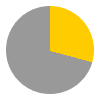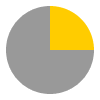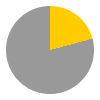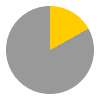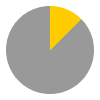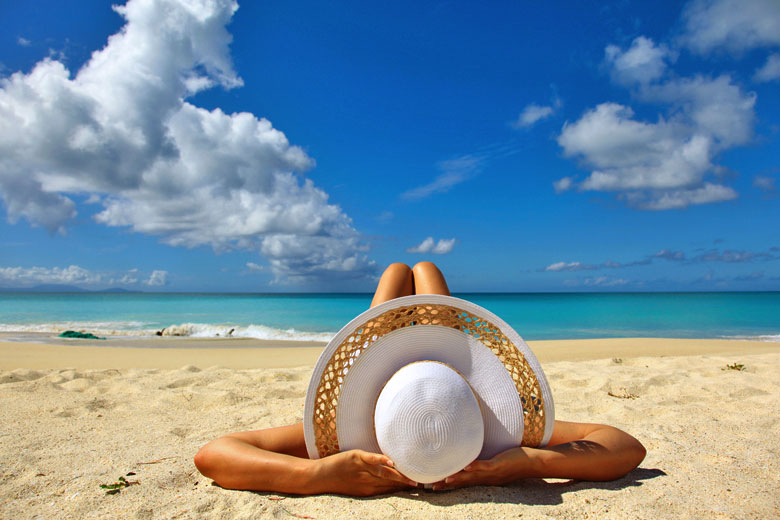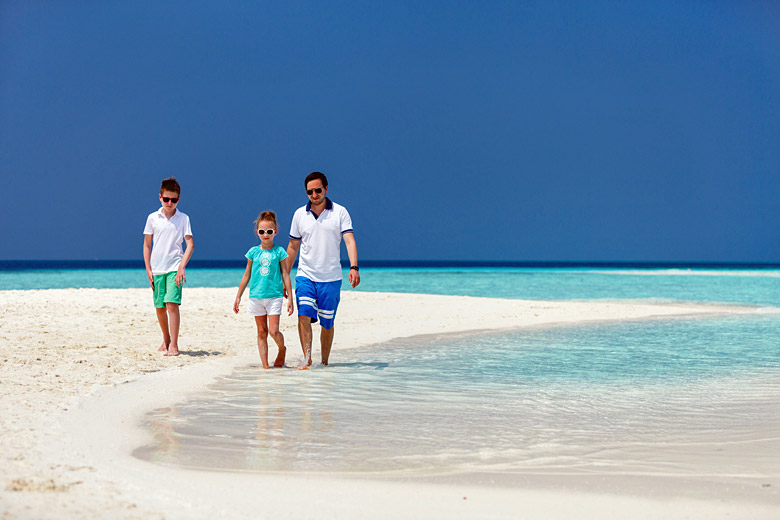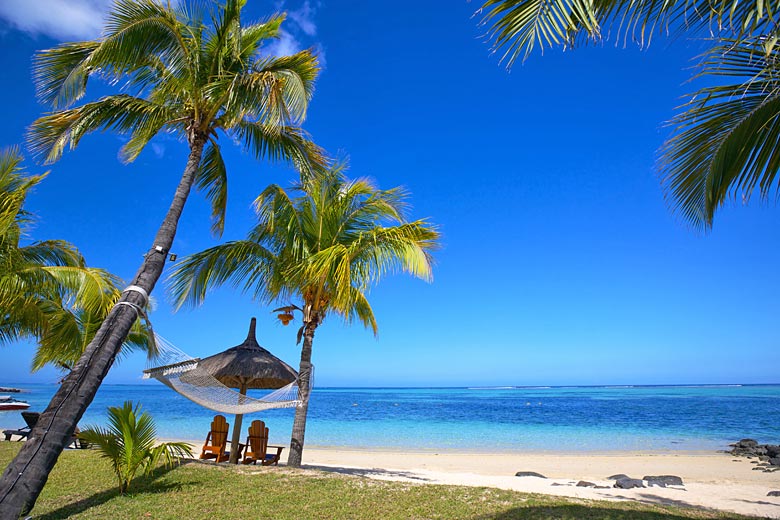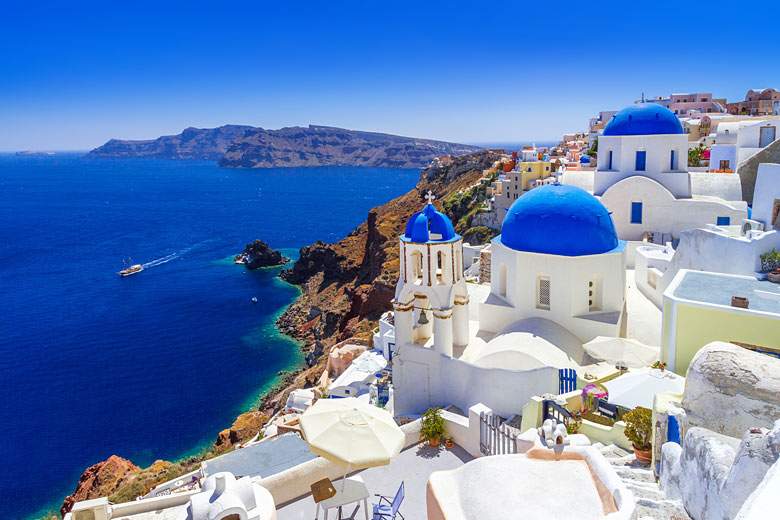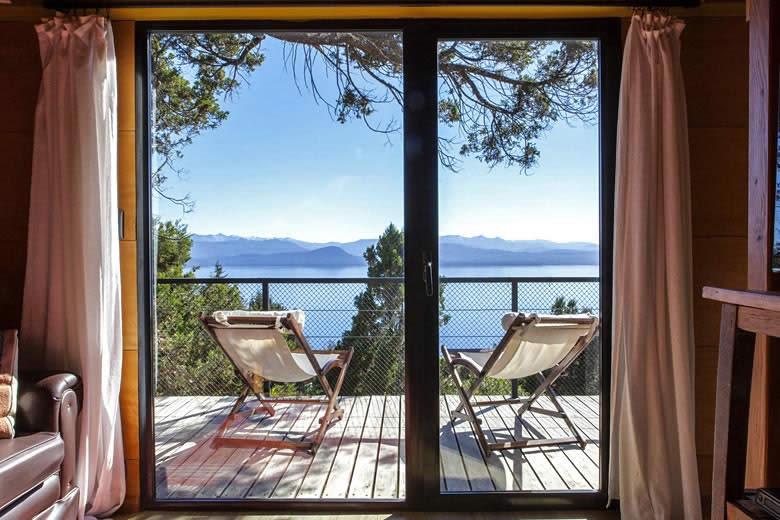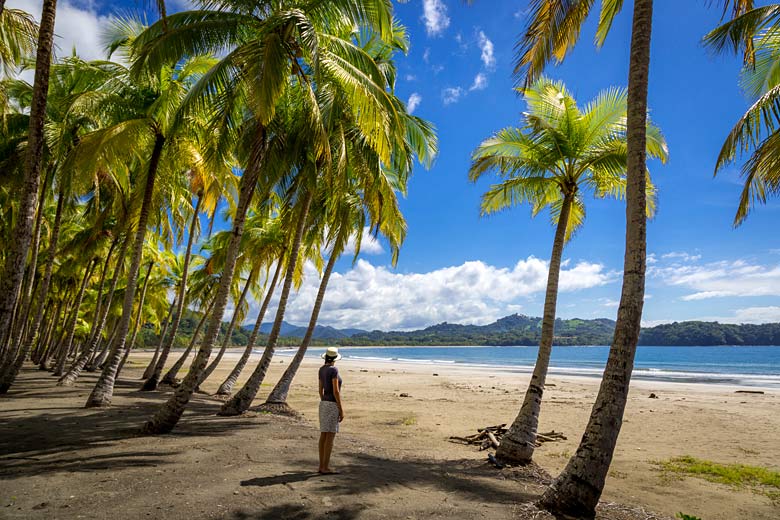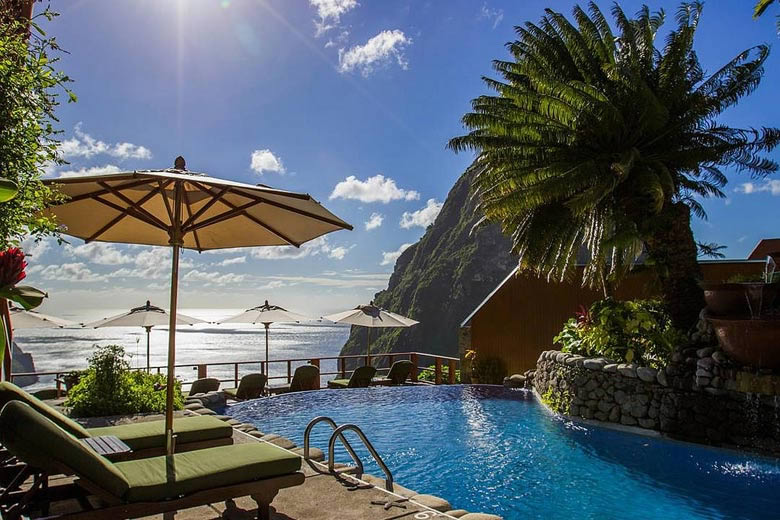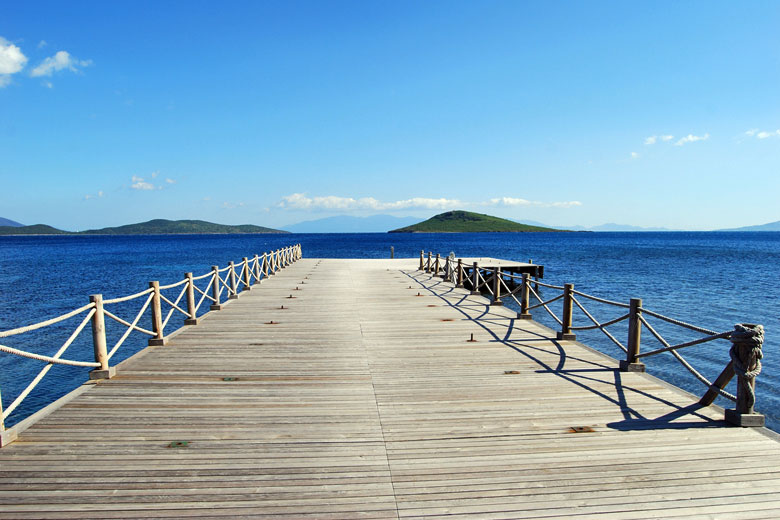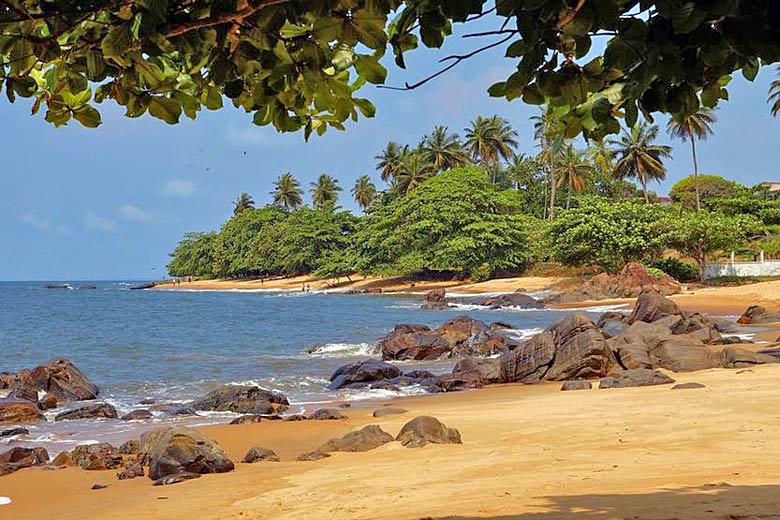- Save on your next trip with deals & packages
- Includes hotel, flight, cars & more packages
- Discover Bangkok, Sydney, Toronto & beyond
Best time to visit New Zealand
Find the best time to visit New Zealand and plan your perfect trip in 2025/2026. Get holiday inspiration, weather guides, travel advice and find great deals.
- Best time to visit
- Weather by month
- 5-day weather forecast
- Destinations
- Travel advice
- Deals & discounts
New Zealand by month
Jan Feb Mar Apr May Jun Jul Aug Sep Oct Nov Dec
Recommended for New Zealand
Top New Zealand destinations
Below are the temperatures expected today at popular countries, regions and places in New Zealand. Select a destination to compare today's forecast with average weather conditions.
All New Zealand destinations
- Auckland
- Chatham Island
- Christchurch
- Dunedin
- Franz Josef
- Kaikoura
- Lake Tekapo
- Milford Sound
- Napier
- Nelson
- New Plymouth
- Paihia
- Queenstown
- Rotorua
- Taupo
- Tauranga
- Wellington
When is the best time to visit New Zealand?
The best time to visit New Zealand (Wellington) is January based on the following average weather conditions.
Maximum daytime temperature = 22 - 30°C [remove]
Daily hours of sunshine = 10 hours or more [remove]
Change the criteria to reflect your weather preferences.
Max Day Temperature (°C)
- Jan
 20
20 - Feb
 20
20 - Mar
 19
19 - Apr
 17
17 - May
 14
14 - Jun
 12
12 - Jul
 11
11 - Aug
 12
12 - Sep
 13
13 - Oct
 15
15 - Nov
 17
17 - Dec
 19
19
Which is the hottest month in New Zealand?
The hottest time of year in Wellington, New Zealand is normally January. Expect maximum daytime temperatures to reach 20°C.
Which month has the most rain in New Zealand?
In terms of rainfall, July is usually the wettest month in Wellington, New Zealand with 144mm on average. There are normally 16 days in July with some rain.
When is it sunniest in New Zealand?
The sunniest time of year in Wellington, New Zealand is normally February with bright sunshine on average for 52% of daylight hours; that's 7 hours of sunshine per day.
When is the sea warmest in New Zealand?
The sea is usually at its warmest in Wellington, New Zealand in February when the water temperature reaches 17°C.
Best time to visit
The weather guide for New Zealand (Wellington) shows long term weather averages processed from data supplied by CRU (University of East Anglia) & today's weather forecast provided by meteoblue. Find out more about our data sources.
Metric (°C / mm) | Imperial (°F / inches)
New Zealand weather overview
Given its South Pacific location (1,200 miles (1,900km) from the nearest landmass), New Zealand has a sunnier climate than one might expect. Its North and South Islands are hilly and mountainous with excellent winter sports in the Southern Alps and spectacular fjords and glaciers. Auckland lies at the top of North Island, the warmest part of New Zealand, and its inhabitants bask in subtropical conditions and enjoy mild winters and warm, humid summers although they can be rained on at any time of the year.
On the southern coast, where Wellington and Napier are located, temperatures are slightly lower than in the north and inland conditions can become very frosty during the winter.
South Island, which houses Christchurch and Dunedin, is rather colder than North Island and has more of a maritime climate with little variation in coastal temperatures between summer (October to March) and winter (April to September). Inland, winters are colder with occasional snow on lower ground and heavy snowfalls in the mountains.
Rainfall is high on the west coast throughout the year but the Canterbury Plains are the driest part of New Zealand.
What to pack for New Zealand weather
Take light clothing if you are travelling in the summer or confining your visit to North Island. On South Island, fairly warm clothes are needed for the winter with heavier wear for trips to the mountains. Whenever you go and wherever you are going, anticipate some rain!
New Zealand travel features
Do you want to learn more about New Zealand? Read our latest features covering travel tips and insider destination guides on where to go and what to do in New Zealand.
We don't currently have any travel features on New Zealand. Discover more about holiday destinations around the world with this selection of general travel articles.
Be inspired
Get your weekly fix of holiday inspiration from some of the world's best travel writers plus save on your next trip with the latest exclusive offers
We promise not to share your details
Related posts
Popular travel offers
Explore holidays in the sun for less
- Beach holidays
- Family holidays
- City breaks
- Summer holidays
- Winter sun holidays
- Holiday offers
- Top travel brands
- Airlines & flights
- Discount hotels
- Airport parking deals
- TUI
- Jet2holidays
- easyJet holidays
- Love Holidays
- January sales
Airport parking
- Manchester Airport
- Stansted Airport
- Bristol Airport
- Luton Airport
- Birmingham Airport
- Edinburgh Airport
- Gatwick Airport
- Glasgow Airport
- Newcastle Airport
Airport lounges
- Manchester Airport
- Birmingham Airport
- Bristol Airport
- Edinburgh Airport
- Glasgow Airport
- Heathrow Airport
- Newcastle Airport
- Stansted Airport
- Gatwick Airport























